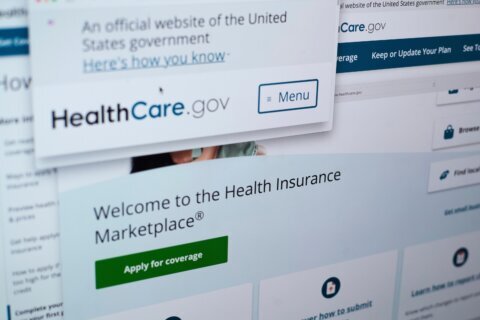A yearlong study of where and why crashes are killing and injuring people on D.C.-area roads is over, and local leaders are reviewing ideas to help make roads safer.
Proposed solutions being considered by National Capital Region Transportation Planning Board (TPB) members at the Metropolitan Washington Council of Governments (COG) include changes to road engineering and technology, such as signal timing.
But, TPB Systems Performance Analysis manager Jon Schermann said everyone has a part to play.
“All of us need to wear our seat belts, slow down, stop looking at your cell phone and stop driving impaired,” Schermann said.
Also, because data show that more walkers and cyclists get hit when lighting and visibility are impacted by time of day and/or time of year, “if you can make yourself more visible, it is better.”
One proposal in the package of safety recommendations is for all member localities to adopt a
Vision Zero program, such as the one in D.C., with the goal of eliminating all roadway deaths and injuries by 2024.
Currently in the D.C. area, Prince George’s and Montgomery counties in Maryland; Arlington County, Alexandria, in Virginia; D.C.; and Maryland have committed to Vision Zero goals through the use of data, education, enforcement and engineering.
Part of the TPB road safety package, as proposed, includes a list of some 50 specific recommendations, including:
- Enhance stop signs with very bright LED lights
- Apply rumble strips where run-off-the-road crashes occur
- Install audible pedestrian crossing signals where appropriate
- Develop pedestrian safety programs for elementary school students
- Put reflective material on sign posts at intersections with no traffic signals
- Add high friction treatment to roads to improve stopping capability where rear-end crashes occur
To support localities with what’s anticipated to be an ongoing effort, the TPB would sponsor projects through a Regional Safety Program to, for example, help with educational outreach, support “Street Smart-like” activities with street teams and a Virtual Reality car and conduct or sponsor a regional “safest driver” contest, such as what San Antonio, Texas, did in 2018.
After the board reviews and suggests edits to the road safety package, the measure is expected to be approved at next month’s meeting.
You can see key findings from the regional safety study that helped shape the proposal on the COG/TPB website.








